A Play Date with Hervé Tullet
 Thursday, March 31st, 2016
Thursday, March 31st, 2016
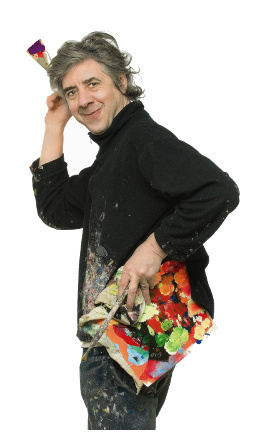 “I feel that inspiration is everywhere. You just have to find it. To look, observe — the streets, the walls, the pavement, the windows, the traffic jams, and so on. …
“I feel that inspiration is everywhere. You just have to find it. To look, observe — the streets, the walls, the pavement, the windows, the traffic jams, and so on. …
I feel that everybody is ready for this experience, including children. There’s a real connection between art and children. Children don’t know anything, and they are open to understanding everything. That’s their strength. That’s why I feel books can bring children to amazing places.”
Over at Kirkus today, I talk to author-illustrator Hervé Tullet, pictured here, about his newest book, Let’s Play! (Chronicle, March 2016). That chat is here.
Until tomorrow …
Photo of Hervé used by permission of Chronicle Books.
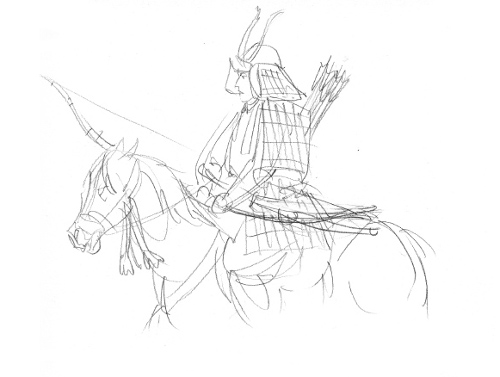
 If you like the artwork of
If you like the artwork of 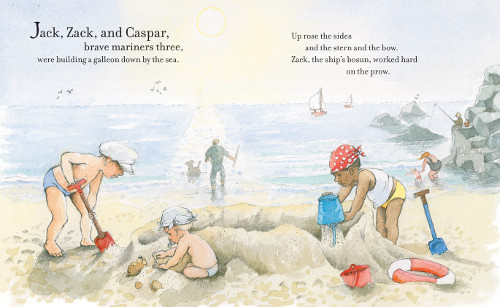
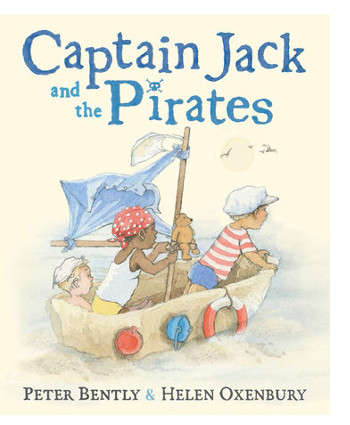 Today, I’ve got some artwork from the great
Today, I’ve got some artwork from the great 
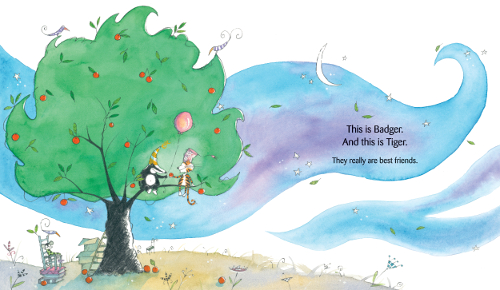
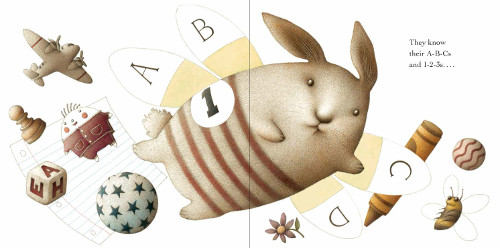
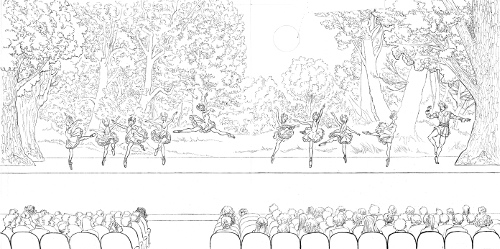
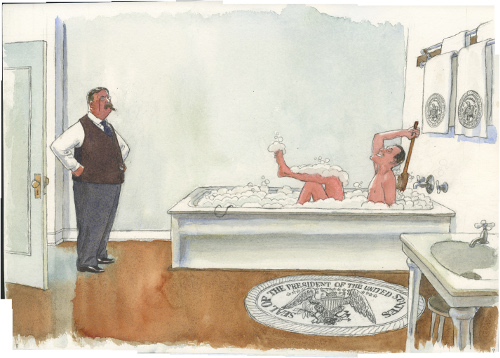
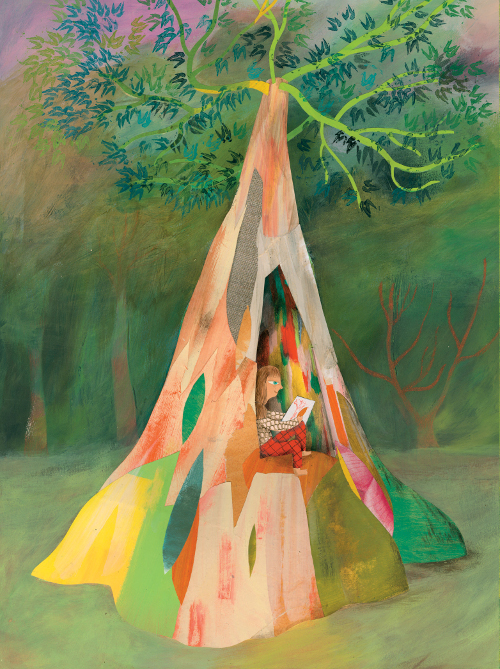
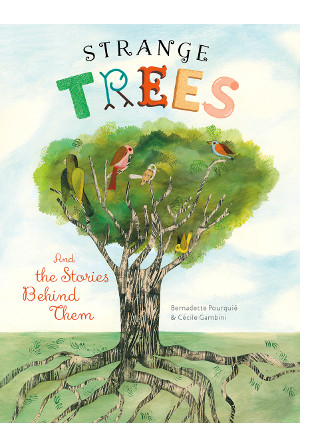 Next month will see the U.S. publication of a book called
Next month will see the U.S. publication of a book called 
 “When my sister was in college near Minneapolis, she took me to see the Alvin Ailey Dance Theater. This was the first professional dance performance I’d ever seen. I was hesitant and had no idea what to expect. The magnificent Judith Jamison was the featured dance soloist. She dominated the stage, creating shapes and patterns. Judith performed the solo dance — Cry, a 15-minute homage to black women, choreographed by Alvin Ailey for his mother and for Judith. Judith expressed grief, loss, redemption, and joy as eloquently as any novelist. I loved dance from that moment on. I’d wanted to make a book honoring my sister and her love of dance for a long time. And that profound first introduction to dance has left a fascination with Judith Jamison and her artistry.”
“When my sister was in college near Minneapolis, she took me to see the Alvin Ailey Dance Theater. This was the first professional dance performance I’d ever seen. I was hesitant and had no idea what to expect. The magnificent Judith Jamison was the featured dance soloist. She dominated the stage, creating shapes and patterns. Judith performed the solo dance — Cry, a 15-minute homage to black women, choreographed by Alvin Ailey for his mother and for Judith. Judith expressed grief, loss, redemption, and joy as eloquently as any novelist. I loved dance from that moment on. I’d wanted to make a book honoring my sister and her love of dance for a long time. And that profound first introduction to dance has left a fascination with Judith Jamison and her artistry.”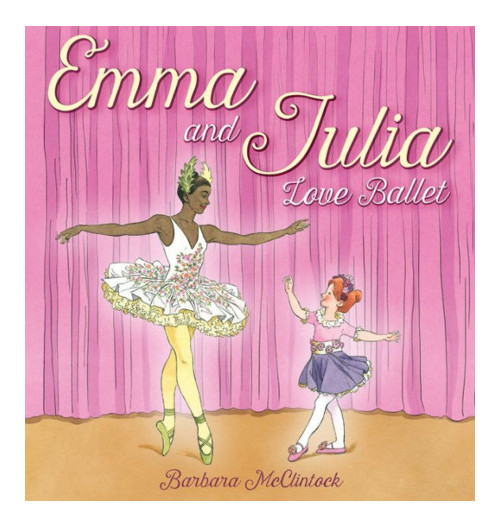

 The narrator here, we learn as the story progresses, is an older adult looking back on his childhood. He remembers tormenting the local “crazy man” with “wild red hair,” Vincent Van Gogh. The boy, and everyone he knew, mocked the penniless artist. The man recalls the taunts and how and why they targeted him. He recalls how he’d always teased him in a crowd (“since that is what cowards do”). He remembers the artist saying, “I must tell the truth,” yet telling himself that the man was merely crazy. Sometimes, the man recalls, he’d watch Van Gogh work, quietly and when no one else was around. In truth, he possessed a fascination for his artwork and the artist’s maverick spirit. Towards the close of the book, he recalls how he once snuck right up behind the artist as he painted a wheat field. (Wheat Field with Crows is, indeed, believed to be Van Gogh’s last painting.) The boy was amazed and “terrified. My knees went weak. … And for an instant the world was bigger and brighter than it had ever been.” Van Gogh turned to him and offered him his painting, but the boy ran.
The narrator here, we learn as the story progresses, is an older adult looking back on his childhood. He remembers tormenting the local “crazy man” with “wild red hair,” Vincent Van Gogh. The boy, and everyone he knew, mocked the penniless artist. The man recalls the taunts and how and why they targeted him. He recalls how he’d always teased him in a crowd (“since that is what cowards do”). He remembers the artist saying, “I must tell the truth,” yet telling himself that the man was merely crazy. Sometimes, the man recalls, he’d watch Van Gogh work, quietly and when no one else was around. In truth, he possessed a fascination for his artwork and the artist’s maverick spirit. Towards the close of the book, he recalls how he once snuck right up behind the artist as he painted a wheat field. (Wheat Field with Crows is, indeed, believed to be Van Gogh’s last painting.) The boy was amazed and “terrified. My knees went weak. … And for an instant the world was bigger and brighter than it had ever been.” Van Gogh turned to him and offered him his painting, but the boy ran. 